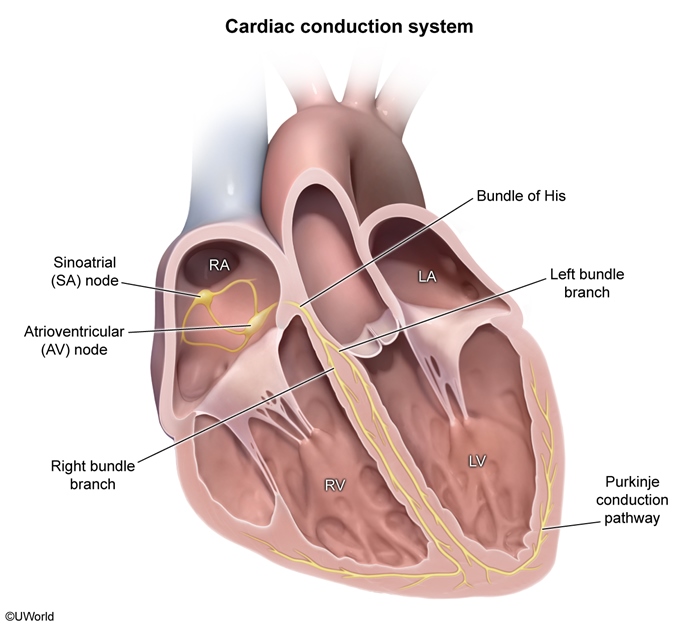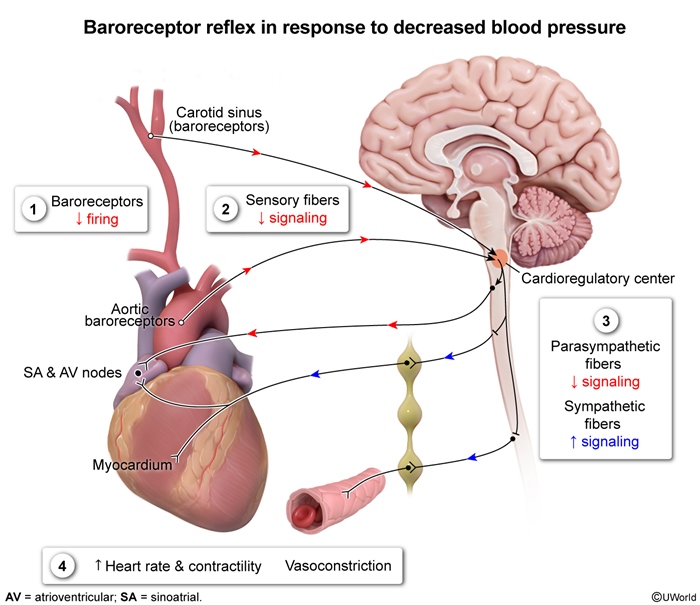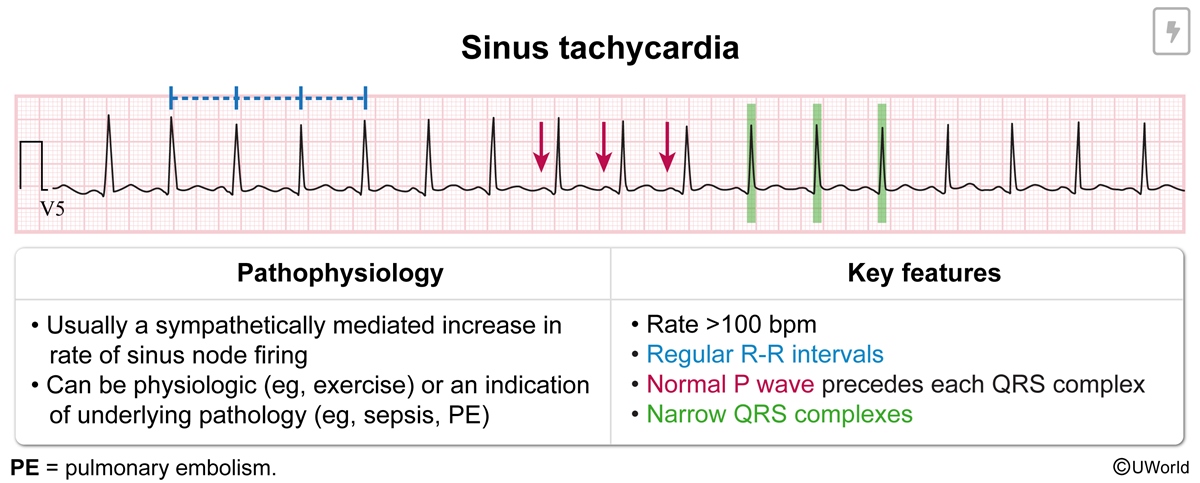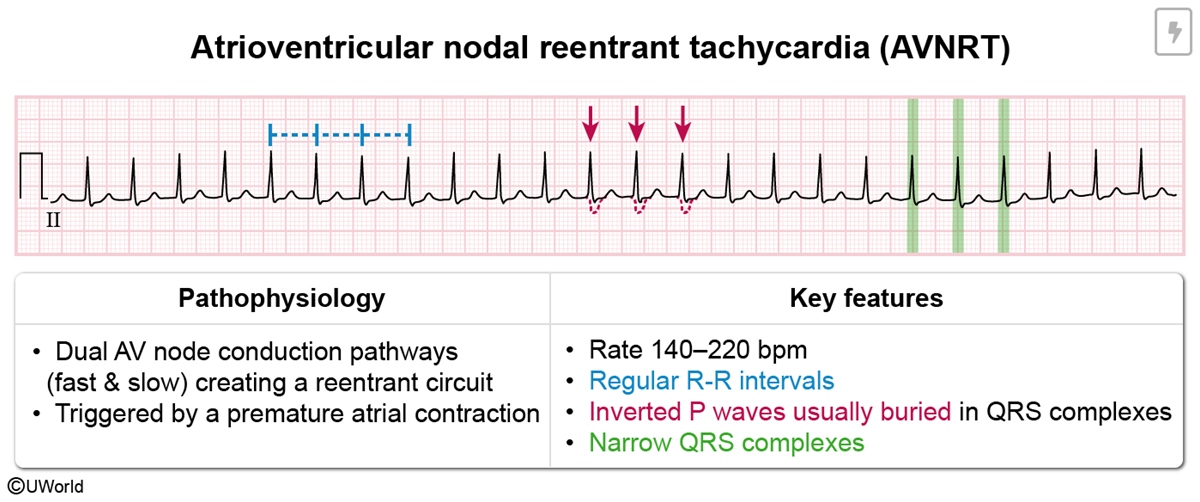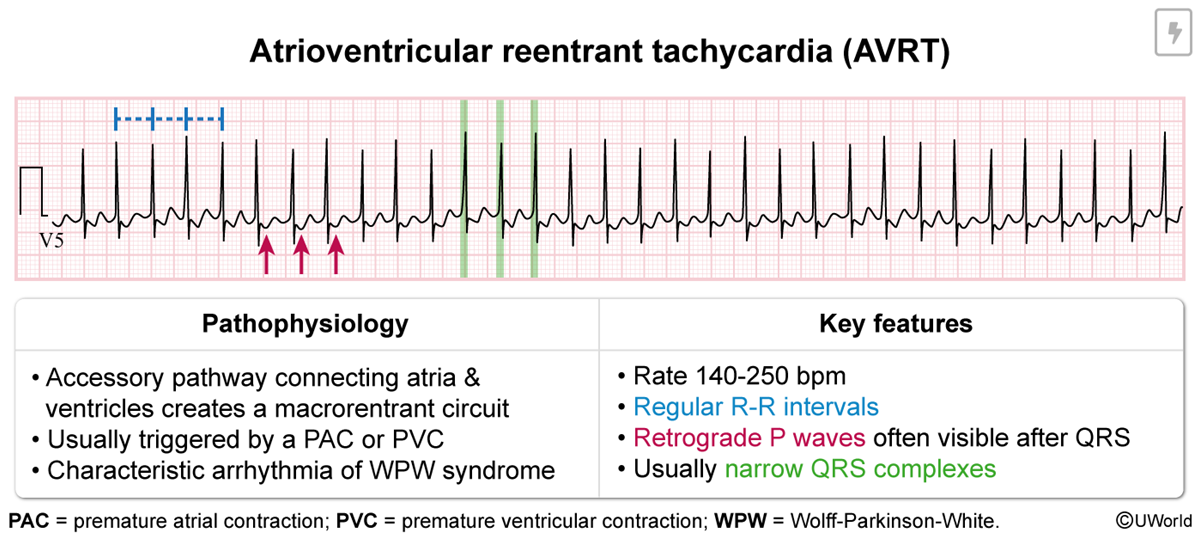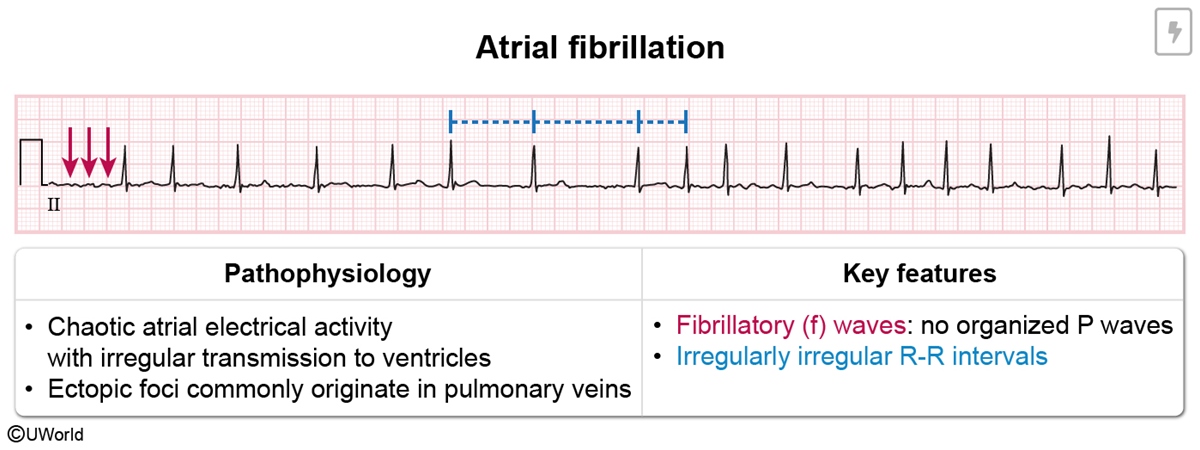Sinus Tachycardia
Article Sections
Introduction
Sinus tachycardia is the most common supraventricular arrhythmia (ie, originating proximal to the bundle branches and Purkinje fibers in the cardiac conduction system). It results from an accelerated rate of the normal impulse generation in the sinoatrial node, usually driven by an increase in sympathetic tone. It is often a normal physiologic response (eg, exercise, excitement) but also occurs in response to underlying pathology (eg, sepsis, pulmonary embolism). Sinus tachycardia in a patient at rest should raise suspicion for an underlying, potentially serious disturbance that requires management.
Pathophysiology
The sinoatrial node is the normal pacemaker of the heart, rhythmically generating impulses that travel through the cardiac conduction system and drive the coordinated contraction of the atria and ventricles (Figure 1). Under normal conditions (ie, normal sinus rhythm), the sinoatrial node generates impulses at a rate of 60-100/min. Sinus tachycardia is a rapid sinus rhythm, defined as a rate of sinoatrial node impulse generation
Continue Learning with UWorld
Get the full Sinus Tachycardia article plus rich visuals, real-world cases, and in-depth insights from medical experts, all available through the UWorld Medical Library.
Figures
